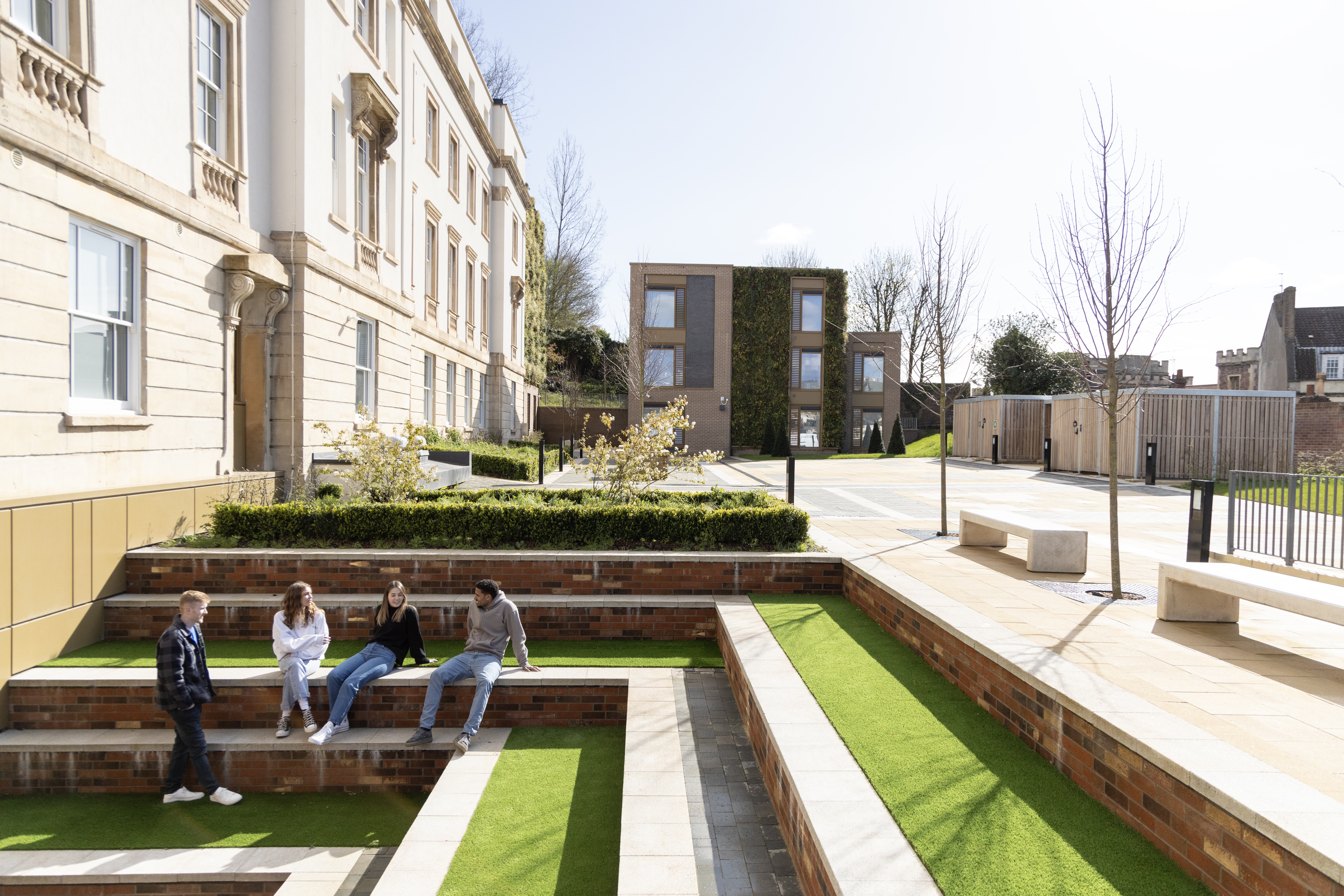The UK PBSA sector continued to demonstrate its resilience in the face of wider macroeconomic headwinds
PBSA continues to outperform the wider UK property sector with the CBRE PBSA Index 2024 showing robust returns, delivering annual total returns (to September 2024) of 9.8 per cent. This compares favourably to Industrials which delivered annual returns of 9.7 per cent and the overall UK commercial property sector which delivered a total return of 7.7 per cent (to December 2024). The CBRE PBSA Index reports that capital values rose faster than in 2023, increasing on average from 2.4 per cent to 4.0 per cent in 2024. Last year’s highest capital growth was in Prime Regional assets with this switching in 2024 to the Super Prime Regional markets which increased by 14.7 per cent (3). Our portfolio is well aligned to both these sub-sectors with 97 per cent by value classified as Super Prime Regional or Prime Regional at December 2024.
It is anticipated that the sector will continue to have a significant shortfall of beds in 2025, with several factors constraining supply. Viability remains a key challenge for developers, with higher build costs, enhanced building safety requirements, sustainability demands, increased financing costs and increasingly difficult planning environments all discouraging development. Material and labour costs are expected to increase further, with the BCIS Building Forecast expecting building costs to increase 17 per cent over the next 5 years. Delivery dates have been delayed by the introduction of the Building Safety Act, particularly the Gateway Two process.
A two-tier market is developing in UK PBSA. Knight Frank report that 65 per cent of existing PBSA supply was built before 2012, with the majority of stock ageing and requiring refurbishment or repositioning. Knight Frank report that just under 260,000 new student beds have been delivered since 2012. In the same period, almost 470,000 full-time students have been added to the UK university population, exacerbating the supply demand imbalance for high-quality accommodation. Supply is becoming increasingly focused on the best performing markets with 71 per cent of all planning applications in just ten UK locations including Bristol, Glasgow and Manchester, driven by favourable student demand and higher rents improving viability. The shortage of housing options for students is also being compounded by a continued loss of Houses for Multiple Occupation, with landlords due to pay surcharges on additional properties, as announced in the October 2024 Budget.

Overall undergraduate applications in 2024 according to UCAS were down 0.3 per cent to 594,940 with a continuing trend of declining demand for nursing courses down 10 per cent contrasted by growing demand in STEM courses with engineering and technology courses having seen 10 per cent growth, and applications to both mathematical sciences and computing experiencing an increase of 7 per cent. The application rate for UK 18-year-olds was 41.3 per cent, down from 41.5 per cent in 2023, but up from 38.2 per cent recorded in 2019. International applications increased by 0.7 per cent showing the continued attraction of the UK higher education sector. The highest increases were from China (+3 per cent,), Turkey (+37 per cent) and Canada (+14 per cent). Applications from other countries, such as Nigeria, have seen a significant drop, largely due to the country’s high inflation rates and changes in the UK student visa scheme in respect of dependants.
PBSA sector’s occupancy is very similar to last year, at 91.7 per cent, showing only a marginal decrease from 92.6 per cent in the prior year. Studio flats were the first to let, remaining the preferred offering for international students as with previous years, benefitting from a target market in a higher price bracket, setting it apart from the competitive cluster flat market. Looking forward, the StuRents Annual Report 2024 predicts the continuation of steady growth into 2024/25 and then beyond driven by the growing number of the 18-year-old population which is forecast to increase year on year until 2030. Similarly, UCAS has reported that the increase in tuition fees from £9,275 to £9,535 is not expected to affect application numbers, in line with the last time fees were increased.
Looking ahead, the continued growth in 18 year olds and a forecast recovery in non-EU students is expected to further drive demand for PBSA beds. Occupancy is expected to remain strong and rental growth is forecast to remain in-line with the long term average. This is however highly nuanced with some markets, with higher supply driving price sensitivity. The supply of PBSA will continue to be constrained by several factors, underpinning PBSA’s position as a top-performing sector, attracting new entrants and underpinning investor confidence.
